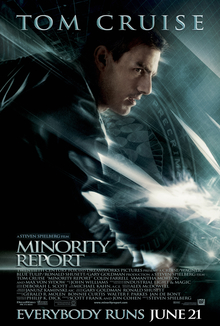But one of the most enduring memories that stuck in my pre-teen mind was the tradition of Devil's Night.
Devil's Night took place every year on October 30th, the day before Halloween. It was a night in which you were supposed to egg people's houses, TP their trees, and commit other acts of minor vandalism. At least that's what it was limited to in my neighborhood in the late 60s and early 70s when I lived there.
Devil's Night took on a more sinister and destructive nature in the late 70s and 80s and the closer you got to the city of Detroit. Halloween day was typically filled with conversations about whose house got TPd or egged, not about costumes and candy.
I bring up Devil's Night not to revel in adolescent memories (I never did much TPing) but to make a comment about unofficial lines of communication.
Devil's Night is not an official holiday. There were no posters or ads announcing specials on toilet paper just in time for your Devil's Night party. In fact, as you would expect, Devil's Night was actively discouraged by just about anyone and everyone: police, schools, municipalities, merchants, and parents. Yet I still learned about it and quickly knew what "the rules" were for our neighborhood. There were certain houses you didn't hit because the owners were too nice or too mean or some one's grandma. It was OK to TP some one's tree or throw eggs against their garage but only the delinquents egged cars (because it could permanently discolor the paint).
| Toilet Paper TP - Tee Pee a House IMG_7642 (Photo credit: stevendepolo) |
Also, like the authorities in the Detroit area learned, you really can't control informal lines of communications. The best you can realistically hope to do is to tap into them and to add to the conversation. To pursuade.
My dad took that approach with Devil's Night. Knowing that there was likely huge peer pressure to participate. He understood that as a 10 or 11 year-old boy, I was dying to participate in this neighborhood ritual. While he didn't condone it, he didn't forbid it either. He had one simple rule. You cleaned up the mess that you made. If I was going to TP a neighbor's house on the 30th, I would be cleaning it up on the 31st. The thought of this humilation was enough to dissuade me from being too active on Devil's Night.
Acknowledge and work with the informal lines of communications in your organization and perhaps you can avoid a mess.























